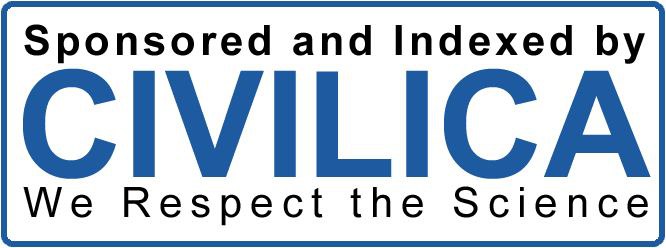Pathogenesis, clinical manifestations, treatment and prevention of brucellosis in humans and animals
DOI:
https://doi.org/10.62134/ajbms/v1.i1.khatamuni.6Keywords:
brucellosis, brucella, pathogenicity, diagnosis, Treatment, vaccineAbstract
Brucella genus is Gram-negative coccobacilli that cause a zoonotic disease called brucellosis in humans and animals. 12 species have been identified for Brucella, among which four species, Brucella melitensis, Brucella suis, Brucella abortus, and Brucella canis, commonly cause disease in humans and animals. Brucellosis is transmissible and there are different types of transmission such as animal-to-human (dairy and meat consumption), human-to-human (placenta, breastfeeding, sexual intercourse, blood transfusion, and bone marrow transplantation), and animal-to-animal (aerosol-containing Brucella, placenta and sexual intercourse). Due to having virulence factors such as type IV secretion system (T4SS), superoxide dismutase enzyme, BvrS/BvrR two-component system, LPS with O chain, and cyclic beta-glucan, Brucella can survive and replicate intracellularly and cause disease. Fever, excessive sweating, malaise, myalgia, arthralgia, loss of appetite, weight loss, hepatosplenomegaly, spondylitis, and arthritis are the clinical manifestations of brucellosis in humans. In animals, complications such as abortion, weak calf birth, reduced fertility, endometritis, reduced milk production, orchitis, epididymis, and hygroma may be observed. To diagnose brucellosis, a direct method such as culture or indirect and serological methods such as the Rose Bengal test (RBT), tube standard agglutination test (SAT), 2-mercaptoethanol test, Coombs test, and ELISA are used. According to the condition of the patient, the combination of doxycycline with streptomycin, gentamicin, or rifampin is used to treat brucellosis. While animals with brucellosis are not treated and are slaughtered. No vaccine against brucellosis has been approved for humans yet. But for animals, S19, Rev.1, S2, RB51, and SR82 vaccines are used for prevention. Development and approval of brucellosis vaccine for humans, wider use of animal vaccines, and timely diagnosis of suspected cases will help to better control brucellosis and prevent economic consequences.
Downloads
Published
How to Cite
Issue
Section
Categories
License
Copyright (c) 2024 Afghanistan Journal of Basic Medical Science

This work is licensed under a Creative Commons Attribution 4.0 International License.









